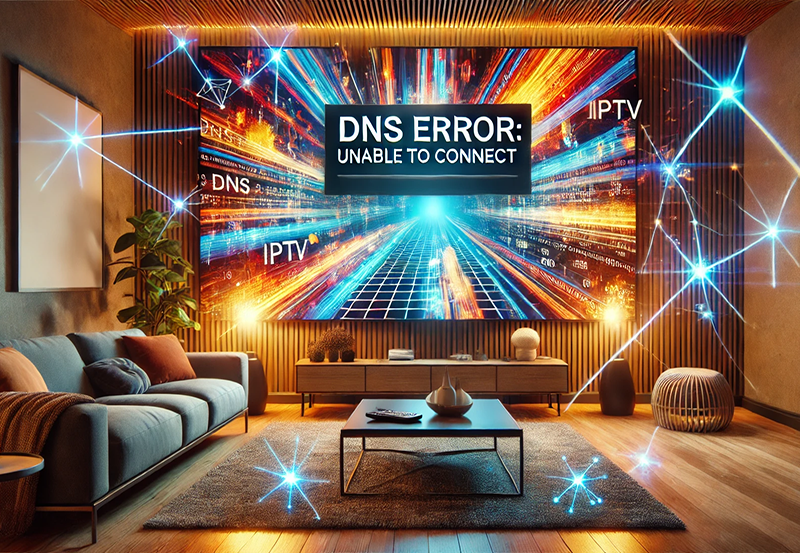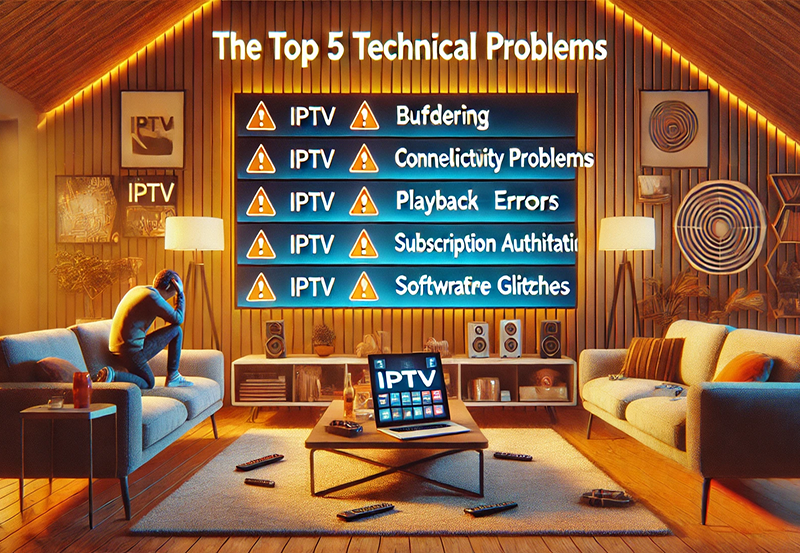In the world of IPTV services, Electronic Program Guides (EPGs) serve as a pivotal element for users who seek structured and accessible content. But what happens when your XMLTV EPG is unavailable? If you’ve stumbled upon this conundrum, you’re not alone. Let’s dive into the complexities surrounding XMLTV EPG unavailability and uncover solutions tailored just for you.
Buy 1 Year IPTV Subscription and Enjoy Unlimited Content
The Role of XMLTV in IPTV Services
XMLTV files play a significant role in IPTV, providing a structured format for TV program listings. These guides ensure viewers have instant access to the information they need, from showtimes to program specifics. Without them, navigating what to watch becomes a compound challenge.
Why XMLTV is Essential
One might ponder the importance of XMLTV beyond being just a routine list. It’s not merely about knowing what’s on—it enriches user experience by allowing customized scheduling and seamless integration into IPTV services.
How XMLTV Integrates with IPTV Services
Duplex IPTV and other platforms have made XMLTV integration part of their framework. For instance, when using affordable IPTV for sports, a reliable EPG makes tracking live events simpler. The integration is generally seamless, but when it fails, diagnostics become paramount.
Common Reasons for XMLTV EPG Unavailability
Several factors can disrupt XMLTV EPG availability. Recognizing these can aid in troubleshooting and restoring functionality effectively.
Technical Issues and Server Failures
At times, server outages or system errors hamper XMLTV accessibility. Technical glitches might seem daunting, but identifying these can expedite finding viable solutions.
Server Outage
Servers responsible for providing XMLTV data can fail, causing a temporary halt in EPG services. A preliminary step involves checking server status if XMLTV becomes unavailable.
Configuration Errors
Sometimes, minor configuration errors in setting up IPTV players can spiral into significant issues like EPG unavailability. Two common misconceptions are mismatches in timezone settings or incorrect XMLTV file paths.
- Double-check XMLTV file path configurations.
- Ensure the television timezone aligns with the EPG source settings.
Best Practices for Maintaining Consistent XMLTV Accessibility
Consistent EPG access isn’t merely about having the right tools—it’s about maintaining them. Here are proactive practices to ensure continuous service.
Regular Updates and Backups
One cannot stress enough the importance of regular updates. Keeping EPG data current is crucial. Backups offer a safety net, ensuring data isn’t lost if something goes awry.
Testing and Troubleshooting
Conducting periodic tests ensures XMLTV functions as it should. Engaging in routine troubleshooting aids in early detection of potential disruptions. Employing the best IPTV players known for handling glitches smoothly can make an enormous difference.
Addressing XMLTV Unavailability: A Look at Key Solutions
With potential causes identified, let’s explore practical solutions. From quick fixes to more extensive system checks, there’s something for every issue.
Updating Software and Firmware
An outdated IPTV player might be the unseen culprit. Make it a point to update software and firmware periodically to minimize errors and enhance compatibility.
Implementing Systematic Configurations
Systematic execution of configurations reduces the likelihood of human error. By adhering to logical configurations, you can avoid settings mishaps that lead to XMLTV EPG outages.
Exploring the Future of EPG Technology in IPTV
As technology evolves, EPG’s role in IPTV is also set to transform. Here is what the future may hold for IPTV enthusiasts and providers alike.
Integration with AI and Machine Learning
AI has the potential to predict user needs. Pairing AI with XMLTV can revolutionize how users interact with their IPTV services, offering tailor-made viewing suggestions.
Advancements in Streaming Technology
Emerging streaming technologies promise to enhance user experience. Improved IPTV solutions will likely make EPG integration more seamless and reliable, even for duplex IPTV platforms.
The User’s Role in Optimizing EPG Use
While providers are doing their part, users can take steps to ensure optimal functionality.
Active Feedback to Service Providers
Consistent communication can lead to improvements in service. Active dialogue helps providers catch and fix unforeseen issues proactively.
Engaging with Troubleshooting Communities
Online forums and user groups often share solutions seasoned professionals might overlook. Engaging with these communities can offer practical insight into persistent problems.
The Journey Doesn’t End Here
The quest for the perfect XMLTV setup is ongoing. Whether you’re looking to polish your current configuration or explore innovative solutions, staying informed is key. Keep exploring and experimenting, and you’ll eventually master the art of maintaining EPG availability without a hitch.
FAQ Section

Why is my XMLTV EPG not updating?
Updates might fail due to server downtime or incorrect file path configurations. Check both server status and ensure configurations are accurate to resolve this issue.order IPTV
Can I use XMLTV with any IPTV player?
Most IPTV players support XMLTV formats. However, certain players might require specific configurations or support updates, so ensure compatibility with the player you’re using.
How frequently should I update my XMLTV?
Regular updates, ideally weekly, ensure you receive the most accurate and up-to-date program listings. Some systems may also offer automatic updates to simplify the process.
What happens if my EPG data becomes corrupted?
Corrupted data can be resolved by reverting to previous backups or reinstating data from the original XMLTV source. Regular backups prevent data loss in such scenarios.
Why is timezone configuration important for XMLTV?
Correct timezone settings ensure your program guide aligns with the actual broadcast schedule. Incorrect configurations might lead to mismatched timings and program listings.
How to Set Up Roku for the First Time: Beginner’s Guide





